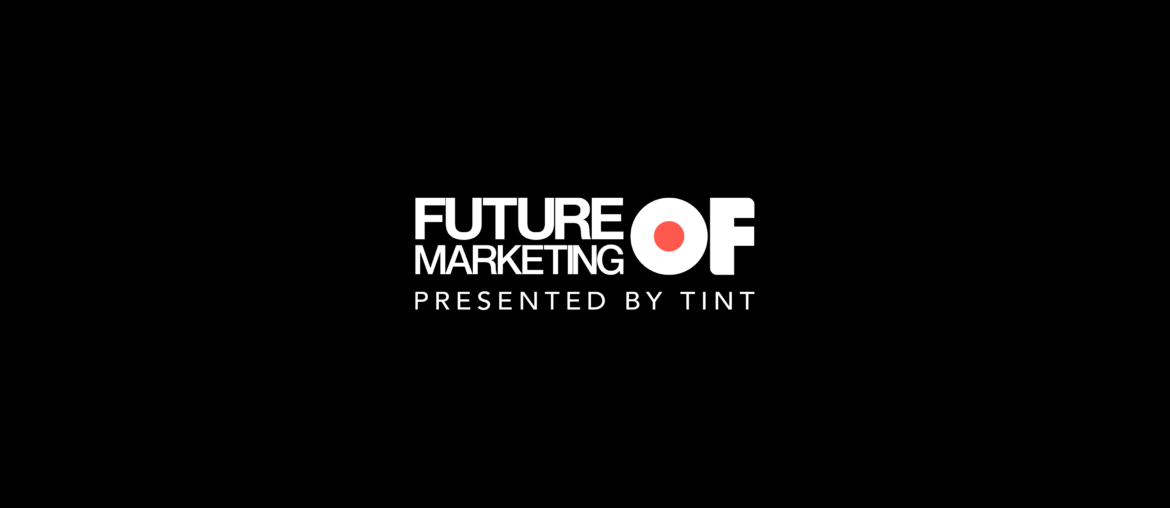This content originally appeared on May 6, 2021 as part of the Future of Marketing weekly email series. Subscribe here.
Welcome to Future of Marketing.
Each week, we send you the most relevant trends, resources, and strategies in social and user-generated content (UGC) from leading marketers and brands around the globe.
Today, we’re discussing…
- A new dimension of user-generated content (UGC)
- How brands are using social audio to engage fans
- #BrandCrush: Victoria’s Secret 💘
Join us on Clubhouse TODAY, May 6, 2021, at 11 am CST.
We’re discussing UGC strategies and the #FutureOfMarketing in travel, tourism, and hospitality.
A new dimension of UGC
TikTok redefined what it means to be a creator. It catalyzed major hits just by allowing people to share their own videos and music creations.
Now, social audio platforms like Clubhouse and Twitter Spaces are adding a new dimension to UGC by creating new opportunities for content, creators, and brands. Recently:
- Twitter Spaces expanded to users with more than 600 followers
- Twitter is planning to sell tickets
- Clubhouse expanded to Android
- Instagram launched audio-only livestreams
Social audio is rising in popularity – but how do you stand out among the noise?
“In this new equilibrium, high production value, publisher-backed audio content competes with low production value, quick-to-produce, user-generated content (UGC).”
Jonathan Gill, CEO of Backtracks
In other words, social media platforms have given the average person the ability to create content at their fingertips. This means brands have a unique opportunity to elevate the voice of rising nano- and micro-influencers by creating more thoughtful and exciting experiences.
Social audio experiences
How can brands compete and participate in social audio channels in a way that feels relevant and engaging?
According to Social Media Today, there are three things brands can do to build their reputation on social audio platforms:
- Sponsor a room
- Host a room with thought leaders
- Turn expert employees into influencers
“Fintech company Square sponsored a room hosted by entrepreneur and investor Noah Lichtenstein, where he and co-hosts handed out cash prizes to attendees via Square-owned p2p payment app Cash App,” shared Richard Yao, Manager of Strategy & Content, IPG Media Lab.
Top executives from Restaurant Brands International – the owner of chains, including Burger King, Tim Hortons, and Popeyes – also went live on Clubhouse for a public Q&A session after their quarterly financial report.
TIP: Study what other brands are doing, run polls, and share open-ended questions on social media to identify what your audience is interested in.
You’ll not only capture feedback, but you can repurpose this UGC by responding to their questions in your blog, newsletter… or new audio space.
What we’re learning
- Perspectives ft. Raul Galera, Partner Manager, Referral Candy
- The Social Marketer’s Guide to Clubhouse
- Clubhouse growth appears to be stalling
- LinkedIn adds ‘Creator Mode’ to help users become influencers
- GaryVee is building a blueprint for those with audiences to create a proper NFT project
#BrandCrush: Victoria’s Secret 💘
Each week in #brandcrush, we highlight exceptional brands that are channeling their customers’ voice to connect more authentically with their audience.
Employee-generated content drives eight times more engagement than branded content – and Victoria’s Secret is no stranger to it.
For “International Bombshell Day,” Victoria’s Secret asked employees to nominate a bombshell that inspired them by tagging #BombshellBecause and @vsbeauty on Instagram.
Heartfelt responses were collected and distributed across their newsletter, a shoppable UGC gallery on their website, and an Instagram account (@vsbeauty) owned by the brand.
Even if you’re not ready to commit to audio, brands like Victoria’s Secret demonstrate there are still other ways to engage and elevate the voice of your biggest fans.


